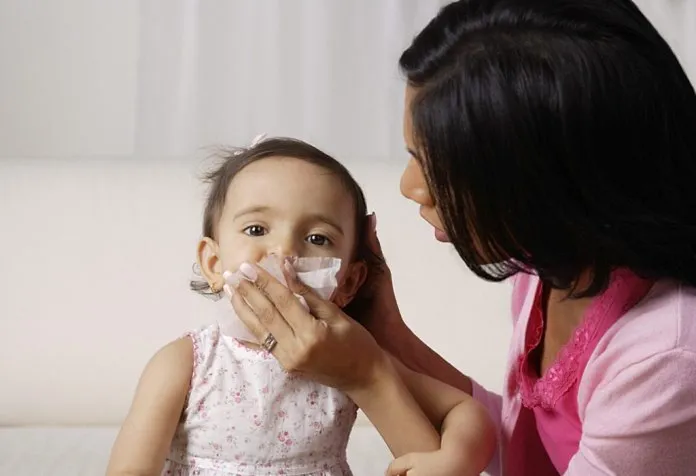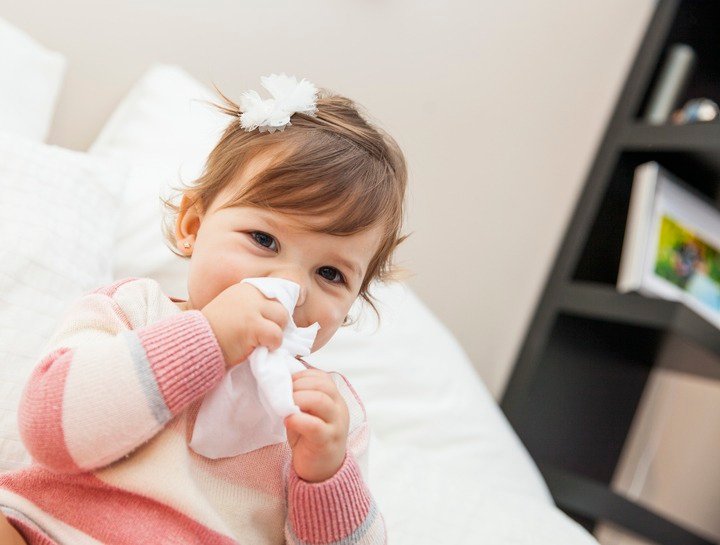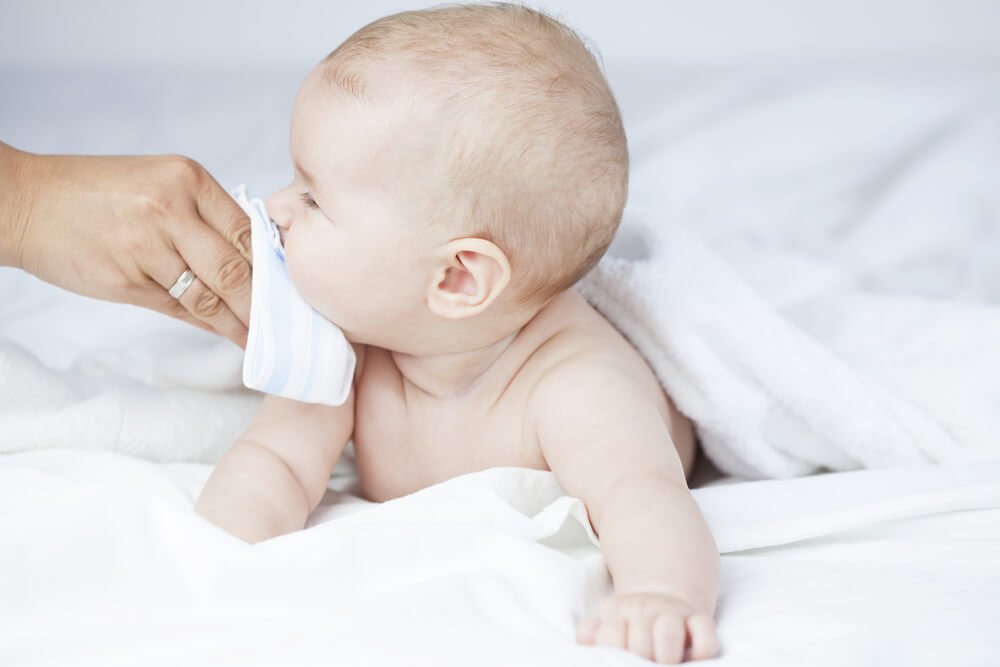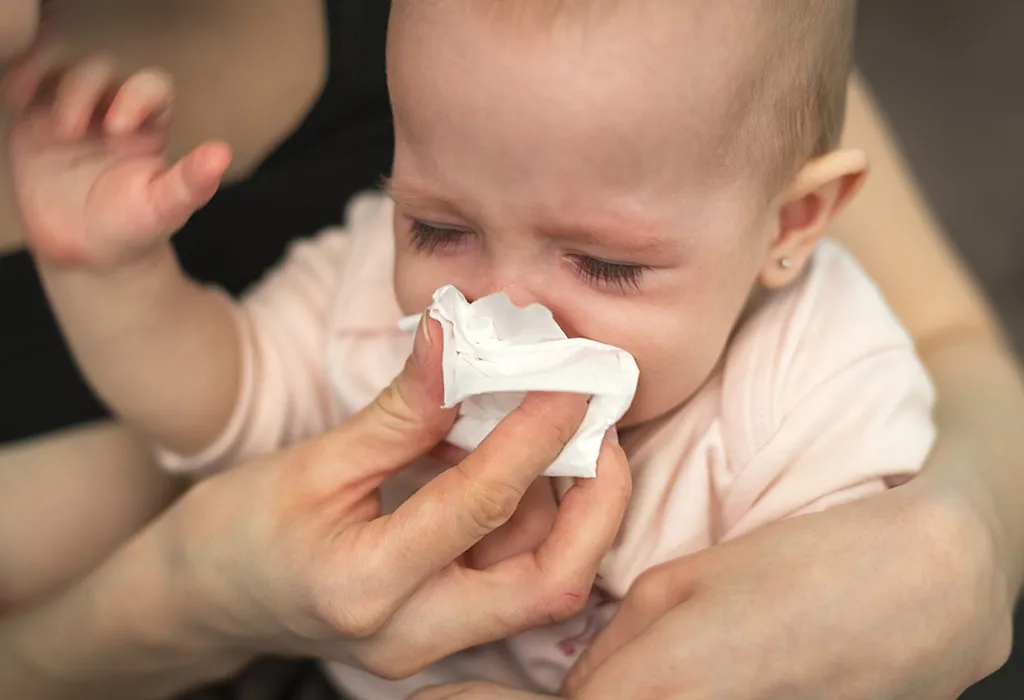Seasonal illnesses in children are common, especially during colder months when viruses spread rapidly in schools, daycare centers, and public places. Among these illnesses, the common cold and flu (influenza) are two of the most frequent culprits. Although they may appear similar at first, they differ significantly in terms of severity, symptoms, and treatment approaches. Understanding these differences helps parents take better care of their children and know when to seek medical attention.
What Is the Common Cold?
The common cold is a mild viral infection primarily caused by rhinoviruses. Children are especially prone to catching colds because their immune systems are still developing and they are often in close contact with others. Colds are usually harmless and resolve within a week or two.
Symptoms of Common Cold in Children:
- Runny or stuffy nose
- Sneezing
- Mild cough
- Sore throat
- Low-grade fever (or no fever at all)
- Fatigue
- Watery eyes
These symptoms appear gradually and are more of an inconvenience than a danger in most cases. However, repeated colds can disrupt a child’s routine, especially sleep and appetite.
What Is the Flu?
The flu, short for influenza, is a contagious respiratory illness caused by influenza viruses. Unlike the common cold, the flu can become severe and lead to complications such as pneumonia, ear infections, and sinusitis—especially in children under the age of 5.
Symptoms of Flu in Children:
- Sudden high fever (often above 101°F / 38.3°C)
- Severe fatigue and weakness
- Chills and body aches
- Headache
- Dry, persistent cough
- Sore throat
- Vomiting or diarrhea (more common in younger kids)
- Loss of appetite
These symptoms develop suddenly and often leave children feeling too weak to eat, play, or even move around much.
Key Differences Between Cold and Flu in Children
Although both illnesses affect the respiratory system, the flu is typically more severe than a cold. The cold develops slowly, while the flu comes on quickly. Fevers, body aches, and extreme fatigue are common in flu, whereas a cold usually presents with milder symptoms such as a runny nose and sneezing.
Knowing the difference can help parents decide on the right home remedies or determine when to consult a pediatrician.
Prevention: How to Keep Your Child Safe
Preventing viral infections in children is a mix of proactive healthcare and daily hygiene. Here are some effective ways to keep your child protected:
1. Get the Flu Vaccine
Annual flu shots are the most effective way to prevent influenza in children. Vaccination is recommended for children over six months of age.
2. Practice Good Hygiene
Teach your child to wash hands frequently, especially after coughing, sneezing, or using the restroom. Use soap and water or an alcohol-based hand sanitizer.
3. Avoid Close Contact
Keep children away from individuals who are sick. Encourage them to cover their mouths with a tissue or elbow when sneezing or coughing.
4. Maintain a Healthy Lifestyle
Ensure your child gets adequate sleep, eats nutritious food, stays hydrated, and engages in regular physical activity to strengthen their immune system.



Home Care Tips for Colds and Flu
Most colds and mild cases of the flu can be treated at home with proper rest and supportive care.
For Fever and Pain Relief:
Use pediatric-approved fever reducers like paracetamol (acetaminophen) or ibuprofen, as directed by your doctor.
Keep Them Hydrated:
Fluids like water, clear soups, and electrolyte drinks help combat dehydration, especially if the child has fever or diarrhea.
Use a Humidifier:
Cool mist humidifiers can help relieve congestion and soothe irritated airways.
Saline Nasal Drops:
For blocked noses, saline drops can offer relief and make breathing easier.
Encourage Rest:
Limit screen time and encourage naps or quiet play to help the body recover faster.
When to See a Pediatrician
While most colds and flu can be managed at home, certain symptoms require medical attention:
- Breathing difficulties or wheezing
- High fever that lasts more than 3 days
- Persistent vomiting or signs of dehydration
- Unusual drowsiness or irritability
- Symptoms that worsen after initial improvement
- If your child is younger than 3 months and has a fever
Never hesitate to consult a pediatrician when in doubt. Early diagnosis can help prevent complications and ease your child’s discomfort.
Conclusion
Both the common cold and flu are part of growing up, but understanding their differences helps parents respond appropriately. While the cold is mild and manageable, the flu may need closer attention, especially in very young children. Practicing good hygiene, vaccinating your child, and staying informed are the best tools for keeping your family healthy throughout the year. If symptoms persist or seem severe, timely consultation with your pediatrician is essential.


